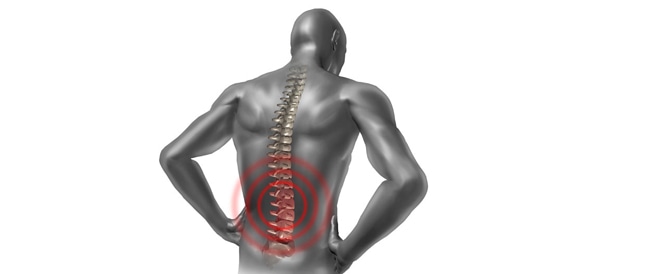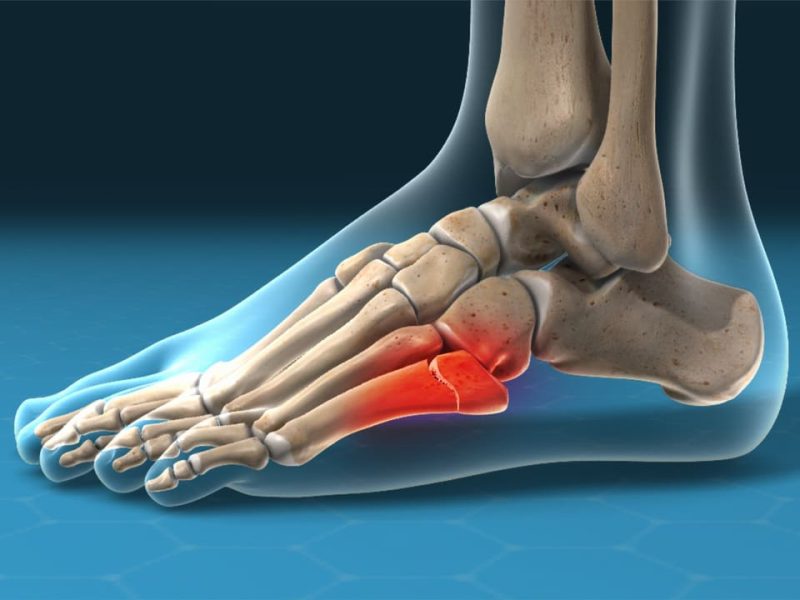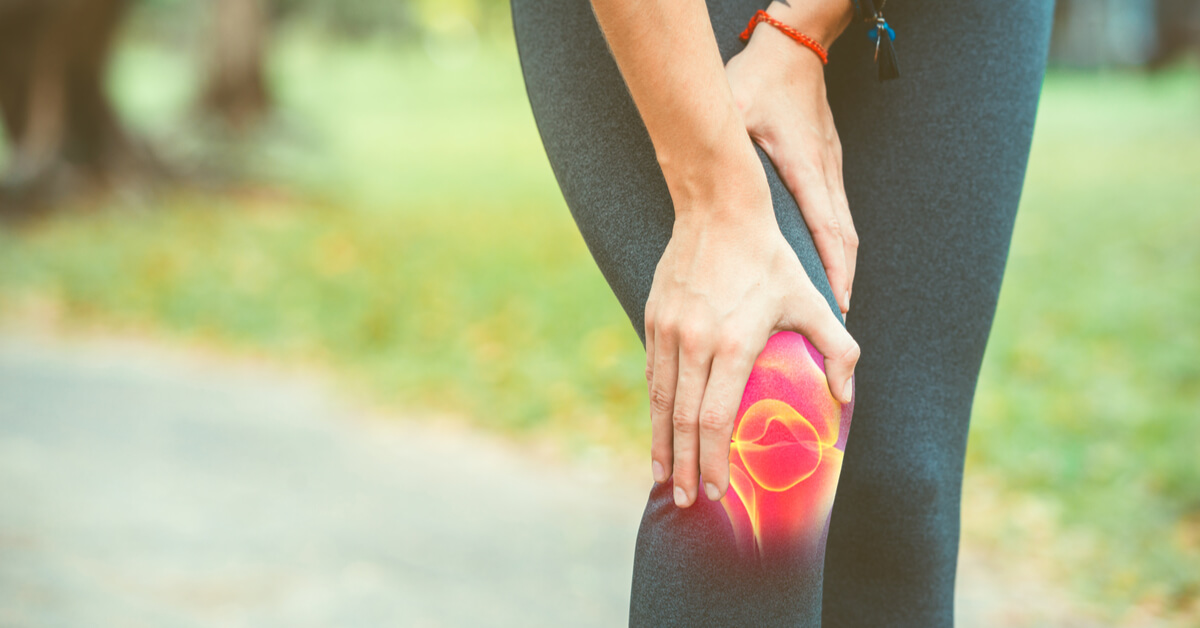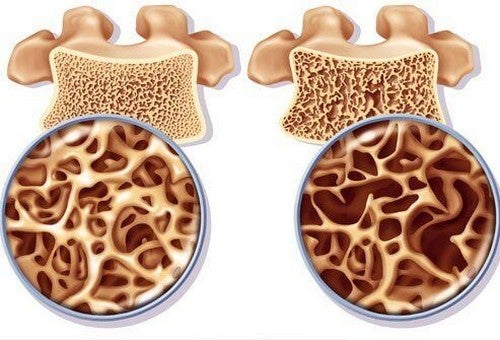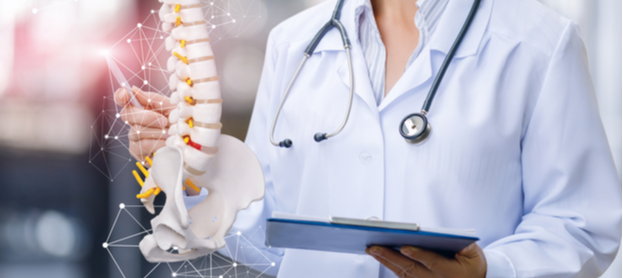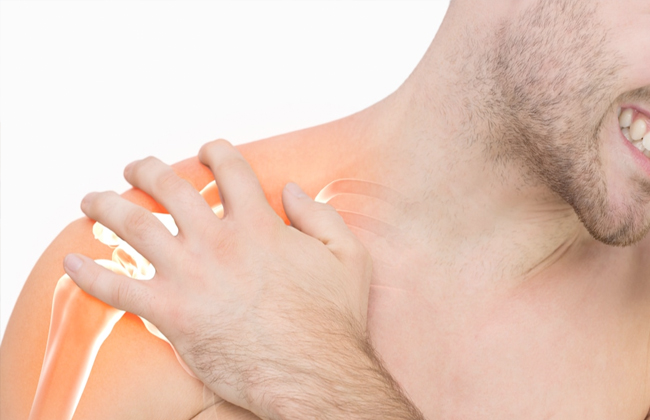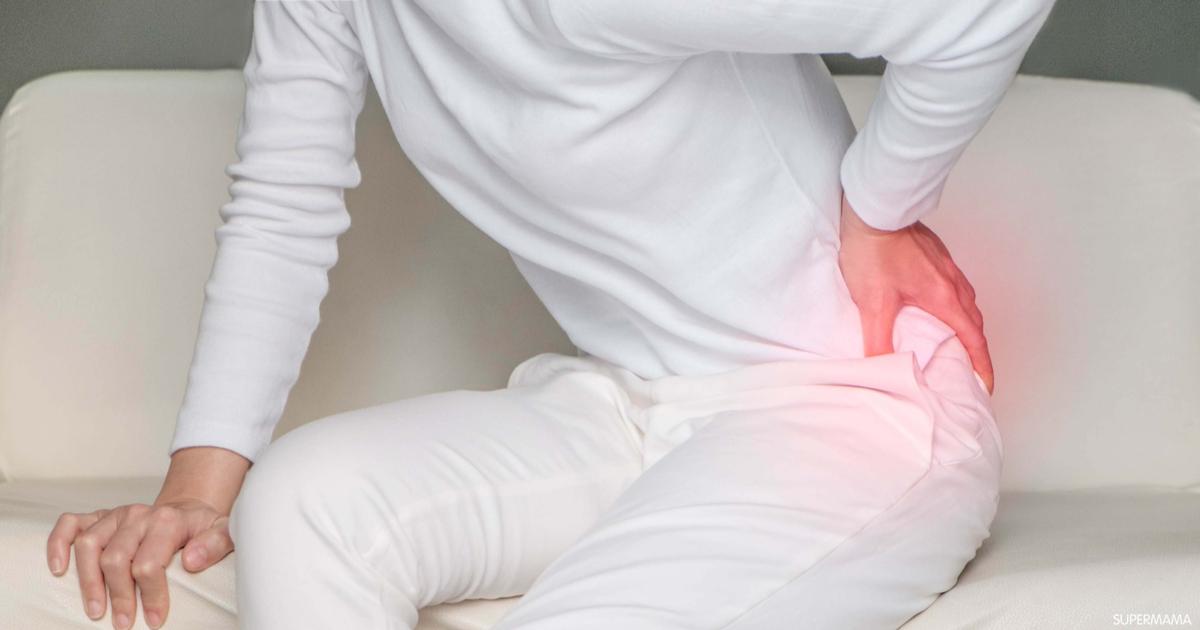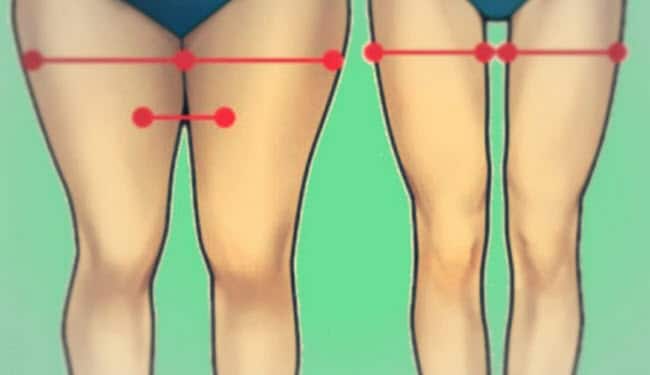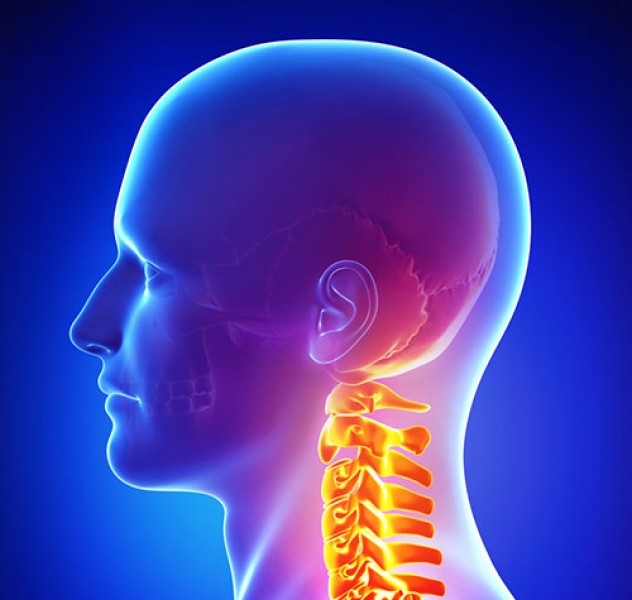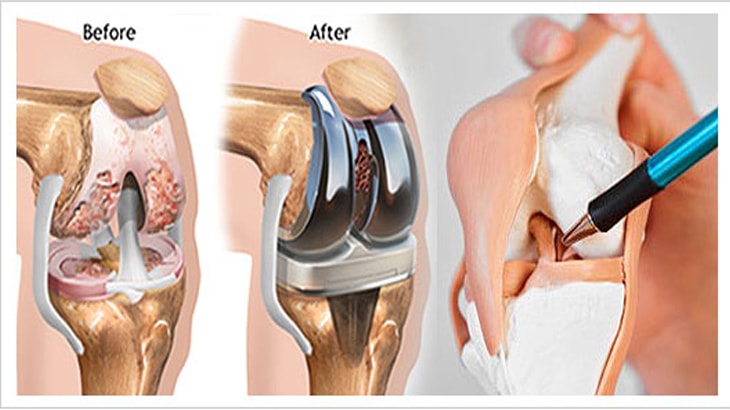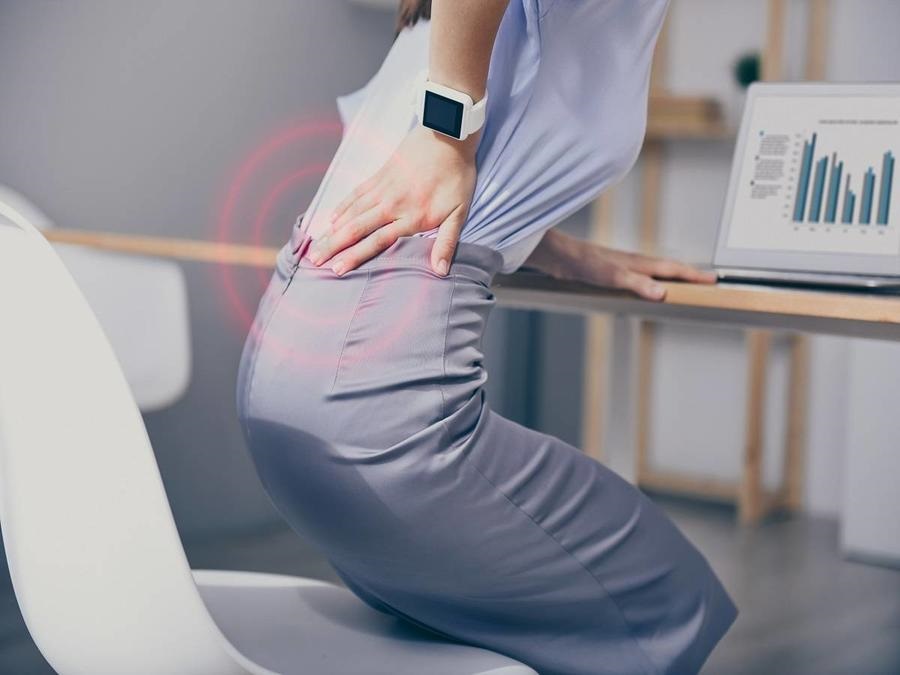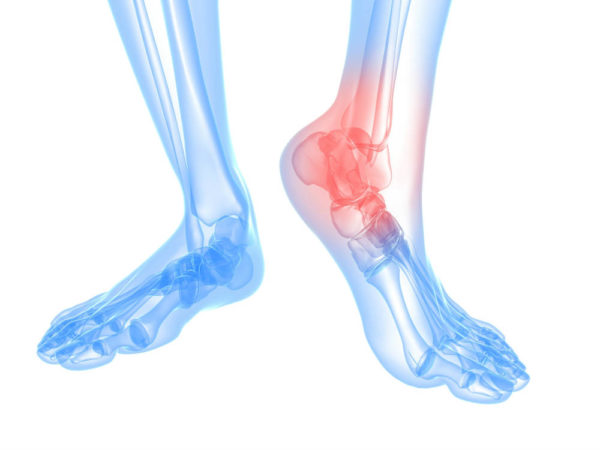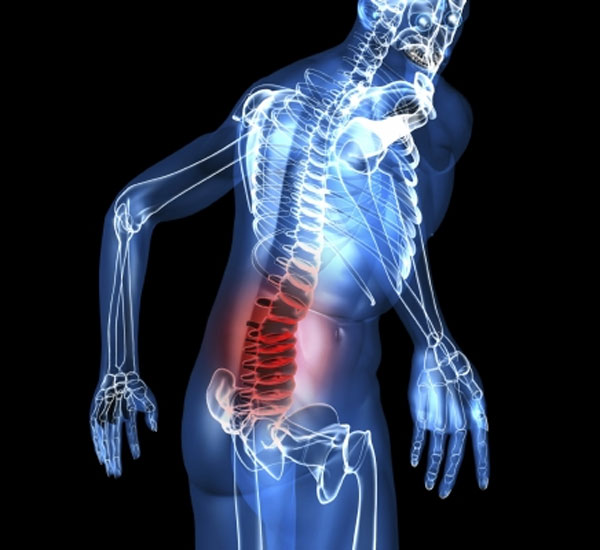Types of Back Pain, Causes, and When Is It Serious?
Types of Back Pain and Their Causes
Back pain is a common health issue that affects many people worldwide. The pain in the back can result from various causes, and it’s essential to understand these causes to take the necessary steps for prevention or proper treatment. In this article, we will discuss the types of back pain and their potential causes.
Muscle and Ligament Strains: One of the causes of back pain can be the strain of muscles and ligaments in the back. Excessive heavy lifting or sudden, unnatural movements can lead to muscle tears or ligament strains, causing back pain. This can also result from repetitive strenuous activities, such as sitting in improper positions for extended periods or engaging in sports exercises incorrectly.
Herniated Disc: A common cause of back pain is a herniated disc. This occurs when the cushion-like discs between the vertebrae in the spine shift from their natural position, compressing nerves and causing intense back pain. Treatment for a herniated disc may require surgical intervention in some cases.
Spinal Stenosis: Another cause of back pain is spinal stenosis, which happens when the space within the spinal canal narrows, putting pressure on the nerves. This narrowing can occur due to excess cartilaginous tissue within the canal or benign bone growth. People with spinal stenosis experience sharp back pain and may have difficulty moving and performing daily activities.
Arthritis: Arthritis can also contribute to back pain. It occurs due to joint damage or chronic inflammation. Typically, arthritis affects the areas between the vertebrae and can result in severe pain and limited mobility.
Organic Diseases: Some organic diseases can be responsible for back pain. For example, a herniated disc can result from inflammation of the spinal joints or the development of tumors in the spine. It’s essential to consult a doctor for accurate diagnosis and appropriate treatment if there is suspicion of organic diseases causing back pain.
Regardless of the causes of back pain, it is advisable to follow these guidelines to reduce pain and alleviate its severity:
- Engage in regular exercise to strengthen the muscles that affect the back.
- Avoid standing or sitting for extended periods without breaks.
- Use comfortable pillows for sleeping and sitting.
- Avoid excessive lifting of heavy objects.
- Maintain proper body posture while sitting, walking, and performing daily activities.
If the pain persists or worsens, it is recommended to seek medical attention for a precise evaluation and diagnosis. Doctors can provide an appropriate treatment plan, including necessary medical treatment and physical therapy or gradual rehabilitation to strengthen and stabilize the muscles, helping reduce pain and improve overall quality of life.
What Causes Chronic Back Pain?
Chronic back pain is a highly prevalent medical issue in the United States. It can result from various factors that may coexist and interact to lead to the development of chronic and persistent back pain. In this article, we will take a closer look at the primary causes of chronic back pain:
Muscle Weakness: Muscle weakness or deterioration is one of the most common causes of back pain. Muscle weakness can occur due to factors such as herniated discs in the spine, lack of regular exercise, or the natural aging process. Muscle weakness disrupts muscular balance and weakens the necessary support for the spine, ultimately leading to chronic back pain.
Psychological Effects: Psychological stress, anxiety, and depression can have a significant impact on spinal health. When individuals experience psychological pressures, it can affect their nervous system, occasionally negatively affecting pain control and muscular balance. This contributes to the development of chronic back pain.
Improper Postures: Some everyday improper postures we adopt can lead to back pain. For instance, prolonged periods of sitting in uncomfortable positions at work or lounging on the couch in an improper manner while watching TV can negatively affect our spinal health and result in chronic back pain.
Previous Injuries: Past injuries to the back can be a contributing factor to chronic back pain. You may have experienced a prior incident such as falling on your back or sustaining a sports injury. These injuries can lead to deterioration in the condition of the spine, consequently causing chronic back pain.
Spinal Diseases: Certain diseases may be associated with back pain. Conditions like arthritis, disc herniation, or nerve inflammation can lead to chronic back pain. A precise diagnosis by an experienced healthcare professional is crucial to identify the actual cause of chronic back pain in such cases.
Changes in Spinal Indicators: As individuals age, the spine may undergo wear and structural changes. These changes include spinal stiffness, disc herniation, and nerve channel narrowing. These alterations can contribute to chronic and persistent back pain.
Other Disorders: There are other disorders that can cause chronic back pain, such as bladder inflammation, gastrointestinal disorders, or sleep disturbances. Sometimes, these disorders are accompanied by back pain as one of the symptoms.
In general, chronic back pain requires evaluation and diagnosis by a specialized healthcare provider. Identifying the root cause of the pain is crucial in establishing an appropriate treatment plan. It is always recommended to follow a healthy lifestyle and engage in suitable exercise routines to strengthen muscles and maintain spinal health.
What Causes Upper Back Pain Above the Buttocks in Women?
Lower back pain is a common issue for many women, and among the types of pain they may experience, upper back pain above the buttocks stands out as a particularly bothersome condition that can significantly impact a woman’s quality of life.
In this article, we will discuss some of the possible causes of pain in this area in women and explore available treatment options to alleviate this discomfort.
What Are the Causes of Upper Back Pain Above the Buttocks in Women?
Spinal Issues: Spinal problems are one of the potential causes of upper back pain above the buttocks in women. The pain may result from factors such as muscle strains, muscle spasms, or ligament tears. The pain can be attributed to any of these causes or a combination of them.
Muscle Strain: Muscle and ligament strains are common causes of upper back pain above the buttocks in women. These strains can occur due to improper movement, lifting heavy weights, or sports injuries. Muscle strains can lead to muscle tightness and contractions, resulting in pain in this area.
Spinal Disorders: Spinal disorders are common contributors to upper back pain above the buttocks in women. This may be due to abnormalities in the spine, such as disc herniation or scoliosis.
Pregnancy and Childbirth: Many women experience upper back pain above the buttocks during pregnancy and childbirth. The increased weight during pregnancy can exert additional pressure on the spine, leading to frequent pain in this area.
Arthritis: Arthritis in the spine can be a possible cause of upper back pain above the buttocks in women. This pain may intensify with age.
In summary, upper back pain above the buttocks in women can have various causes, including spinal issues, muscle strains, spinal disorders, pregnancy, childbirth, and arthritis. Seeking a proper medical evaluation and diagnosis is essential to determine the specific cause of the pain and develop an appropriate treatment plan. It is advisable to maintain a healthy lifestyle and engage in suitable exercises to strengthen muscles and support spinal health.
Treatment Methods for Upper Back Pain Above the Buttocks in Women
If you are experiencing upper back pain above the buttocks, it is essential to undergo an initial examination to determine the cause of the pain and ensure there are no serious health issues. While consulting a specialist is preferred, there are several measures that can be taken to alleviate upper back pain above the buttocks.
Rest and Heat: Rest and heat are two essential factors that can be used to alleviate pain in this area. Placing a supportive pillow under the lower back while sitting or lying down can reduce pressure on the spine. Additionally, using a heating pad on the back can help alleviate pain and relax the muscles.
Exercise: Engaging in suitable exercise routines is one of the effective treatments for upper back pain above the buttocks. By strengthening the back muscles and performing rehabilitation exercises, pain can be reduced, and the body’s endurance improved.
Physical Therapy: In cases of severe or persistent pain, physical therapy may be a preferred option. Physical therapists can provide customized exercises to relieve pain and improve spinal alignment.
Medication: In some cases, a physician may recommend pain-relieving medications to alleviate the pain. It is essential to follow the doctor’s instructions carefully when using medications.
There is no doubt that upper back pain above the buttocks is a common issue for women. Causes of this pain include muscle strains, spinal disorders, pregnancy and childbirth, among other factors. Determining the cause of the pain and consulting a specialist for diagnosis and treatment is crucial. By incorporating simple measures like rest, heat, exercise, and physical therapy, pain can be improved, and comfort increased for women.
Does Vitamin D Deficiency Cause Back Pain?
Chronic back pain can be extremely bothersome and painful, and finding its causes and treatments is often complex. Studies suggest a relationship between vitamin D deficiency and chronic back pain. Here, we will explore this relationship and how vitamin D deficiency affects the back.
1. The Impact of Vitamin D Deficiency on the Back:
Vitamin D deficiency is believed to cause back pain because this vitamin plays a crucial role in bone and muscle health. When there is a deficiency in vitamin D, it affects the absorption of calcium and phosphorus from the intestines and kidneys. This, in turn, leads to weakened bone health and strength.
2. The Link Between Vitamin D Deficiency and Chronic Back Pain:
Symptoms of vitamin D deficiency may manifest as chronic back pain. Previous studies conducted on a group of individuals suffering from continuous back pain have shown that half of these individuals had a vitamin D deficiency. Therefore, this deficiency may be a cause of back pain.
3. Symptoms of Vitamin D Deficiency and Their Impact on the Back:
If you suspect you have a vitamin D deficiency and suffer from chronic back pain, you may notice some other symptoms that could indicate this deficiency. Some of these symptoms include:
- Profound fatigue
- Muscle weakness and spasms
- Sudden mood changes, including irritability and depression
4. Studies Confirming the Effect of Vitamin D Deficiency on Back Pain:
A study conducted in 2015 suggests that people with vitamin D deficiency may experience chronic lower back pain to a greater extent. Another study conducted in 2018 revealed a link between vitamin D deficiency and chronic lower back pain.
5. How to Improve Back Pain with Vitamin D:
If you have a vitamin D deficiency and suffer from chronic back pain, taking vitamin D supplements may help alleviate this pain. Vitamin D is considered an effective dietary supplement for bone and muscle health, and therefore, it may contribute to improving chronic back pain.
Although there is a link between vitamin D deficiency and chronic back pain, it is essential to consider that there are other factors that may also cause back pain. If you have chronic back symptoms and suspect a vitamin D deficiency, it is advisable to consult a doctor for a proper diagnosis and appropriate treatment.
When Is Back Pain Serious?
Many people experience back pain at various stages of their lives. While most cases of back pain are considered non-serious and tend to resolve over time, there are instances where the pain may indicate a serious issue and require immediate medical consultation. In this article, we will examine the symptoms that indicate the seriousness of back pain.
Feeling Severe and Unbearable Pain:
When the pain is severe and unbearable, it may indicate a serious health problem that requires immediate medical care. Especially if there is continuous and severe pain in the lower back region, it may suggest muscle or ligament tears, leading to difficulty in movement.
Pain Accompanied by Other Symptoms:
In some rare cases, pain in the back area can be an indicator of a serious health problem. If the pain is accompanied by other symptoms such as loss of appetite, unexplained weight loss, difficulty breathing, leg pain, sleep disturbances, or loss of control over bowel and bladder functions, these symptoms may suggest a serious health issue that requires immediate medical evaluation.
Back Pain Resulting from Injuries:
If you have a history of falling on your back or have experienced a strong impact in the area, the pain associated with these incidents may be of particular importance. Continuous and increasing pain after an injury may suggest muscle tears, damage to cartilage, or ligament damage. In such cases, consulting a doctor for evaluation and treatment is advisable.
Swelling of the Back or Fever:
If you have swelling in the back area accompanied by an increase in body temperature, there may be an infection or severe inflammation in the area, which necessitates immediate medical consultation.
No Improvement After a Prolonged Period:
If back pain persists for a long time without improvement or if the pain worsens over time, this may be a sign of a serious health problem. In this case, it is essential to consult your doctor for a more comprehensive evaluation and an appropriate treatment plan.
Please remember that this information is for general reference only and does not substitute for medical consultation. If you are experiencing severe back pain or are concerned about your condition, do not hesitate to visit a doctor for an accurate diagnosis and suitable treatment.
Does the Bed Cause Back Pain?
- Pain Continuing After Waking Up: If you experience back pain immediately upon waking up or within 10 to 30 minutes after waking and feel relief after walking and stretching exercises, this may be an indication that your mattress is the cause of your back pain.
- Pain Persisting After Sleep: Back pain can continue after a night’s sleep and become bothersome. This could be due to a mattress that does not provide sufficient support to your spine.
- Spinal Misalignment: If you feel back pain every morning, the reason might be your sleeping posture. Your sleeping posture may put pressure on your spine, and improper sleeping positions such as sleeping on your stomach are not recommended. Doctors advise sleeping on your sides or on your back with a pillow under your knees to reduce pressure on the spine.
Feeling Severe and Unbearable Pain:
When the pain is severe and unbearable, it may indicate a serious health problem that requires immediate medical care. Especially if there is continuous and severe pain in the lower back region, it may suggest muscle or ligament tears, leading to difficulty in movement.
Pain Accompanied by Other Symptoms:
In some rare cases, pain in the back area can be an indicator of a serious health problem. If the pain is accompanied by other symptoms such as loss of appetite, unexplained weight loss, difficulty breathing, leg pain, sleep disturbances, or loss of control over bowel and bladder functions, these symptoms may suggest a serious health issue that requires immediate medical evaluation.
Back Pain Resulting from Injuries:
If you have a history of falling on your back or have experienced a strong impact in the area, the pain associated with these incidents may be of particular importance. Continuous and increasing pain after an injury may suggest muscle tears, damage to cartilage, or ligament damage. In such cases, consulting a doctor for evaluation and treatment is advisable.
Swelling of the Back or Fever:
If you have swelling in the back area accompanied by an increase in body temperature, there may be an infection or severe inflammation in the area, which necessitates immediate medical consultation.
No Improvement After a Prolonged Period:
If back pain persists for a long time without improvement or if the pain worsens over time, this may be a sign of a serious health problem. In this case, it is essential to consult your doctor for a more comprehensive evaluation and an appropriate treatment plan.
Please remember that this information is for general reference only and does not substitute for medical consultation. If you are experiencing severe back pain or are concerned about your condition, do not hesitate to visit a doctor for an accurate diagnosis and suitable treatment.
Does the Bed Cause Back Pain?
- Pain Continuing After Waking Up: If you experience back pain immediately upon waking up or within 10 to 30 minutes after waking and feel relief after walking and stretching exercises, this may be an indication that your mattress is the cause of your back pain.
- Pain Persisting After Sleep: Back pain can continue after a night’s sleep and become bothersome. This could be due to a mattress that does not provide sufficient support to your spine.
- Spinal Misalignment: If you feel back pain every morning, the reason might be your sleeping posture. Your sleeping posture may put pressure on your spine, and improper sleeping positions such as sleeping on your stomach are not recommended. Doctors advise sleeping on your sides or on your back with a pillow under your knees to reduce pressure on the spine.
Low-Quality Mattress:
Poor-quality mattresses can cause significant issues with back pain. If you wake up feeling pain in specific areas of your back, it may be due to your mattress not providing the necessary support for your body. It is essential to choose a high-quality mattress that offers support and comfort for your spine.
Compression and Deformation Issues:
You may have problems with compression or deformities in the bones of the back area, which can lead to back pain. Your lifestyle, sitting posture, and carrying heavy weights can contribute to exacerbating these issues.
Sleeping on a New Mattress:
Changing your mattress to a new one may cause back pain. When you transition to a new mattress, your body needs time to adjust to the change. It may take some time for your spine to align with the new mattress, causing back pain during the transitional period.
Other Side Effects:
There may be other reasons for back pain after sleep, such as joint problems or muscle spasms. Consulting your doctor to determine the cause of your back pain and receive appropriate treatment is important.
If you are experiencing severe or persistent back pain after sleep, it is essential to investigate the cause and obtain proper treatment. Changing your mattress or improving your sleeping posture may be necessary to alleviate back pain. Consult your doctor for a diagnosis and suitable advice.
What Causes Mid-Back Pain?
Muscle Strain:
Muscle strain is one of the primary causes of mid-back pain. This strain can occur due to improper movements or lifting heavy objects incorrectly. People who engage in physically demanding work, such as laborers, or those who spend long hours in a seated position may experience muscle strain in the mid-back.
Weak Back Muscles:
Mid-back pain may result from weak back muscles. When these muscles are weak, you lack adequate support for the mid-back area, leading to pain in this region. Weak back muscles can occur due to a lack of exercise or physical activity.
Ligament Tears:
Tears in the ligaments that connect the vertebrae in the mid-back can lead to mid-back pain. These tears may result from acute or abnormal stress on these ligaments. This can include excessive force on the upper thoracic vertebrae or improper movements.
Spinal Misalignment:
Lack of proper alignment in the spine can lead to mid-back pain. This misalignment can occur due to a previous injury in the back area or because of an abnormal shape of the vertebrae.
Thoracic Disc Issues:
Damage or herniation of thoracic discs in the mid-back is a common cause of mid-back pain. This happens when the thoracic discs slip or herniate improperly, irritating the surrounding nerves and causing sharp pain.
How to Deal with Mid-Back Pain:
Rest: It is recommended to get an adequate amount of rest when experiencing mid-back pain. Avoid activities that negatively affect the affected area and increase the intensity of pain.
Warmth: Using hot baths or localized heating on the painful area can be helpful in relieving mid-back pain. Heat helps dilate blood vessels and increases blood flow to the affected area, reducing pain.
Physical Therapy: Physical therapy may be suitable for strengthening the back muscles, improving flexibility, and balance in the spine. This may include strength exercises and rehabilitation exercises.
Medications: The doctor may prescribe some pain-relieving medications to alleviate mid-back pain. However, consulting a doctor before taking any medication is essential.
Whatever the primary causes of mid-back pain may be, it is necessary to consult a specialist doctor for an accurate diagnosis and appropriate treatment. Always remember to avoid any activity that exacerbates the pain and ensure sufficient rest to allow the body the necessary time to heal and recover the affected area.
What Causes Upper Back Pain Between the Shoulders?
Upper back pain between the shoulders is a common issue that many people experience, and it can be chronic and bothersome. The pain between the shoulders can restrict body movement and the ability to perform daily activities normally. The causes of this pain range from stress and tension factors to serious health problems. In this article, we will explore some causes of upper back pain between the shoulders and how to treat it.
Stress and Tension:
Stress and tension are often the most common causes of upper back pain between the shoulders. Continuous pressure and stress on the muscles and ligaments in this area can lead to spasms, resulting in acute pain. Stress from prolonged desk work, or psychological and emotional pressures, can increase the likelihood of experiencing pain between the shoulders.
Poor Posture and Incorrect Sitting:
Sitting for extended periods with poor posture or without using proper back support can be another reason for upper back pain between the shoulders. When you sit hunched over without maintaining the proper alignment of the back muscles and comfortably retracting the shoulders, it puts extra pressure on the spine and ligaments, leading to pain between the shoulders.
Lack of Movement:
Lack of movement and not engaging in regular exercise can lead to weakened and tense back muscles, causing pain between the shoulders. It is recommended to perform exercises to strengthen the back muscles and improve their flexibility to alleviate pain.
Inflammation and Injuries:
Inflammation of the back muscles or shoulder ligaments can be a cause of chronic pain between the shoulders. These inflammations can occur due to improper muscle use or a direct injury to the shoulder area. Some common injuries that can lead to upper back pain between the shoulders include sudden falls on the shoulders or involvement in a car accident.
Spinal Problems:
Some medical conditions, such as herniated discs or joint disorders, can lead to upper back pain between the shoulders. These problems may require medical evaluation and specialized treatment.
Other Diseases:
Upper back pain between the shoulders may be due to underlying health problems, such as arthritis or muscle diseases. Consultation with a doctor is essential for the diagnosis and treatment of these issues.
Treatment of Upper Back Pain Between the Shoulders depends on its cause and severity. Treatment may involve lifestyle changes and adopting a healthy lifestyle, in addition to providing appropriate treatment for the specific condition. It is recommended to visit an orthopedic doctor or a physical therapist for professional consultation and a personal evaluation of your condition.
It is best not to neglect an increase in or the continuity of pain between the shoulders and to seek appropriate medical assistance promptly to discover the real cause and necessary treatment. Do not hesitate to seek professional help when necessary to ensure the health of your back and your personal comfort.
